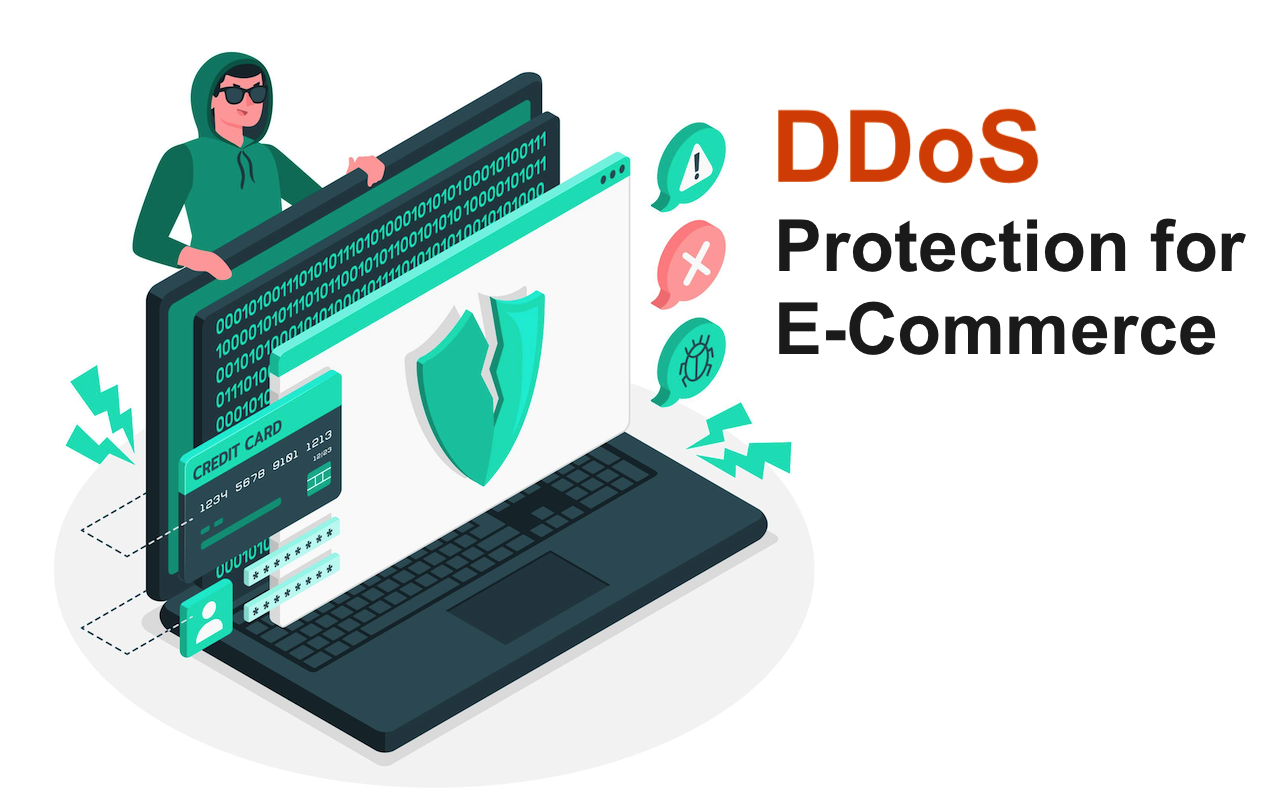
Picture this: Saturday arrives, and your e-commerce site is set for big sales. Then, your site slows to a crawl. Orders fail, and customers leave, really frustrated. It's probably a Distributed Denial of Service (DDoS) attack, not a server issue. Online retail is huge these days, so you must understand and use good DDoS protection. It is crucial to your survival.
E-commerce businesses are ideal victims for DDoS attacks. Attackers seek money, an edge over rivals, or to simply cause problems. A successful DDoS attack hurts more than just your immediate earnings. It can make customers distrust you, ruin your brand's image, and cause long-term money issues. But, good news! If you plan and use smart DDoS protection, you can avoid these problems and keep your store running, no matter what. This guide dives into DDoS attacks and gives you real ways to protect your e-commerce business. We'll give you the knowledge and tools to defend your online store against these damaging attacks. You'll learn to understand the threats and use the best protection.
Understanding the DDoS Threat to E-Commerce
Let's discuss DDoS attacks, how they target e-commerce, and the different kinds of attacks that exist. Understanding these elements are key to implementing the proper solutions.
What is a DDoS Attack and How Does it Work?
A distributed denial of service (DDoS) attack is like a traffic jam on the internet. Imagine a store's website as a road. Normally, customers (internet traffic) can easily reach it. In a DDoS attack, the road gets flooded with fake cars (malicious traffic). This makes it impossible for real customers to get through.
Attackers compromise multiple computers by infecting them with malware, turning them into “zombie” computers that collectively form a botnet. The attacker then commands this botnet to flood a target server with an overwhelming number of requests. As a result, the server becomes overloaded and struggles to respond to legitimate users, leading to severe slowdowns or even a complete crash. The primary objective of this attack is to disrupt services and deny access to regular users, making the website or network temporarily unavailable.
Why E-Commerce Businesses are Prime Targets
E-commerce platforms can have many weak points. They handle lots of transactions and sensitive data. They have high financial stakes, which attackers find appealing. Disrupting an e-commerce site during a sale can cause big losses.
E-commerce sites collect sensitive personal information, including credit card numbers, addresses, and contact details. This data is highly valuable to cybercriminals, who target online stores for financial gain. However, a DDoS attack alone does not expose personal data—its primary purpose is to overwhelm a website and make it unavailable. That said, DDoS attacks are sometimes used as a distraction technique to divert security teams’ attention while attackers launch data breaches or infiltration attempts. If an attacker successfully exploits a vulnerability during such an event, it could lead to data theft, identity fraud, and financial loss for customers. Therefore, strong cybersecurity measures, such as firewalls, intrusion detection systems, and encrypted transactions, are essential to protect e-commerce platforms from both DDoS disruptions and data breaches.
Types of DDoS Attacks Targeting E-Commerce
There are different ways attackers launch DDoS attacks. One common type is a volumetric attack. This floods the target with massive amounts of traffic. It's like sending a firehose of data to overwhelm the server.
Protocol attacks exploit weaknesses in network protocols. They target the server's resources. An example is a SYN flood, which disrupts the connection process.
Application-layer attacks target specific parts of the website, like the shopping cart. These attacks mimic legitimate traffic. They are harder to detect and block. They can bring down the website without flooding it with traffic.
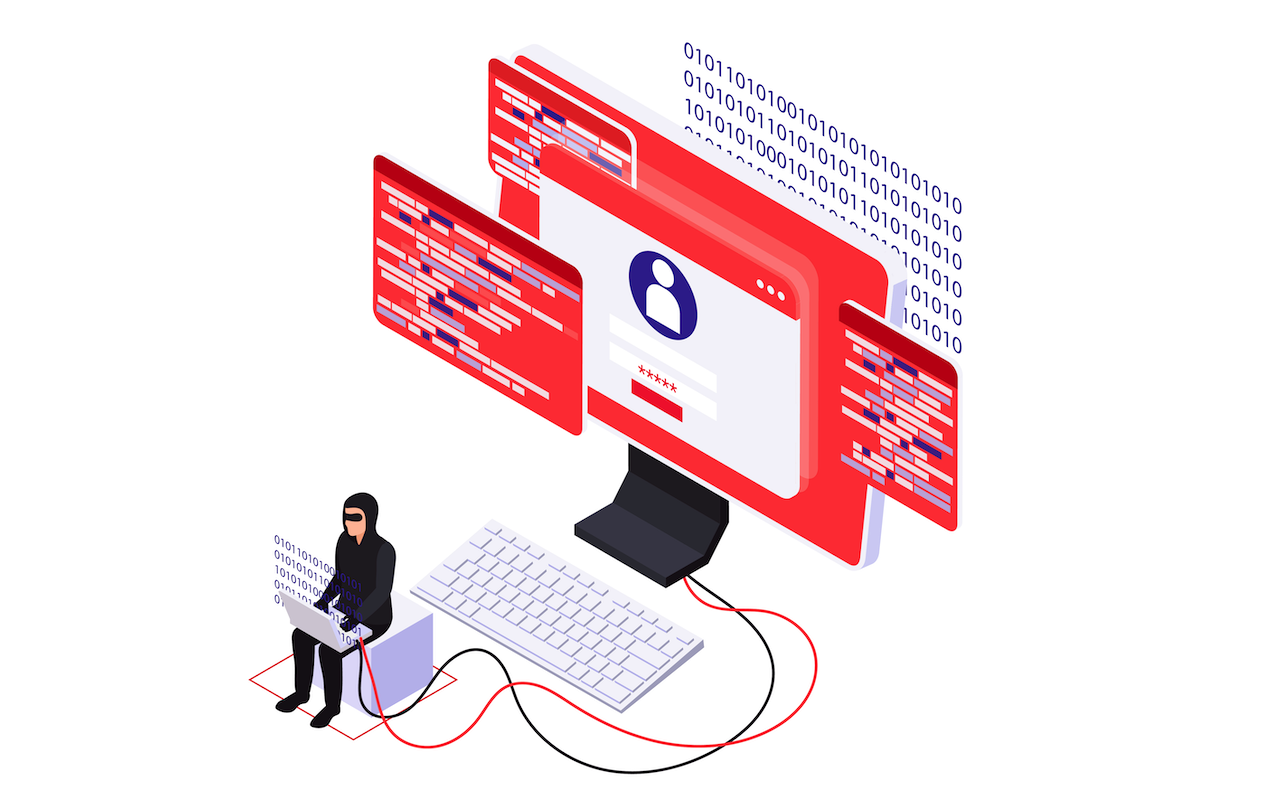
The Devastating Impact of DDoS Attacks on Online Retailers
Now, let's explore the real impact of DDoS attacks. Businesses need to know about the potential financial, operational, and reputational repercussions of these attacks.
Financial Losses: Revenue, Recovery, and Reputation
DDoS attacks can cause major financial damage. Lost sales are just the beginning. There are incident response costs to consider. These include hiring experts to investigate and fix the problem. There may also be legal fees and fines if customer data is compromised.
A damaged reputation has long-term financial effects. Customers may not trust the business anymore. It becomes harder to attract and keep customers. Repairing the brand image can take time and money. All of this adds to the cost of the attack.
Operational Disruptions and Customer Frustration
DDoS attacks disrupt everything. Order processing grinds to a halt. Shipping gets delayed. Customer support lines get overwhelmed. Customers get frustrated when they can't place orders or get help.
This leads to a poor customer experience. Customers may switch to competitors. Brand loyalty suffers. It's important to keep things running smoothly, so attacks can be very damaging.
Erosion of Customer Trust and Data Security Concerns
Trust is everything in e-commerce. Customers trust you with their personal and financial data. A DDoS attack can break that trust. It shows that the business isn't secure.
A DDoS attack can also be a cover for a data breach. While the website is down, attackers may try to steal data. This can lead to identity theft and fraud. Customers will lose faith in your business if their data is at risk.
Proactive Strategies for E-Commerce DDoS Protection
How can e-commerce businesses protect themselves? Here are some actions to implement for better protection.
Implementing a Web Application Firewall (WAF)
A Web Application Firewall (WAF) acts as a shield. It stands between your website and incoming traffic. It analyzes every request. It filters out malicious traffic.
WAFs use rules to identify and block bad requests. They can limit the rate of requests from a single IP address. This prevents attackers from flooding the server. WAFs can also detect and block bots, which are often used in DDoS attacks. A WAF can protect against application-layer attacks.
Content Delivery Networks (CDNs) and DDoS Mitigation
A Content Delivery Network (CDN) stores copies of your website on servers around the world. When someone visits your site, the CDN serves the content from the nearest server. This speeds up the website.
CDNs also help with DDoS mitigation. They can absorb large amounts of traffic. This prevents the attack from reaching your main server. A CDN spreads the load across multiple servers. It makes it harder for attackers to overwhelm the system. Using a CDN improves performance and security.
Load Balancing and Server Redundancy
Load balancing distributes traffic across multiple servers. Instead of one server handling all the requests, the load balancer sends requests to different servers. This prevents any single server from getting overloaded.
Server redundancy means having backup servers. If one server fails, another one takes over. This ensures that the website stays online even during an attack. Load balancing and server redundancy improve business continuity.
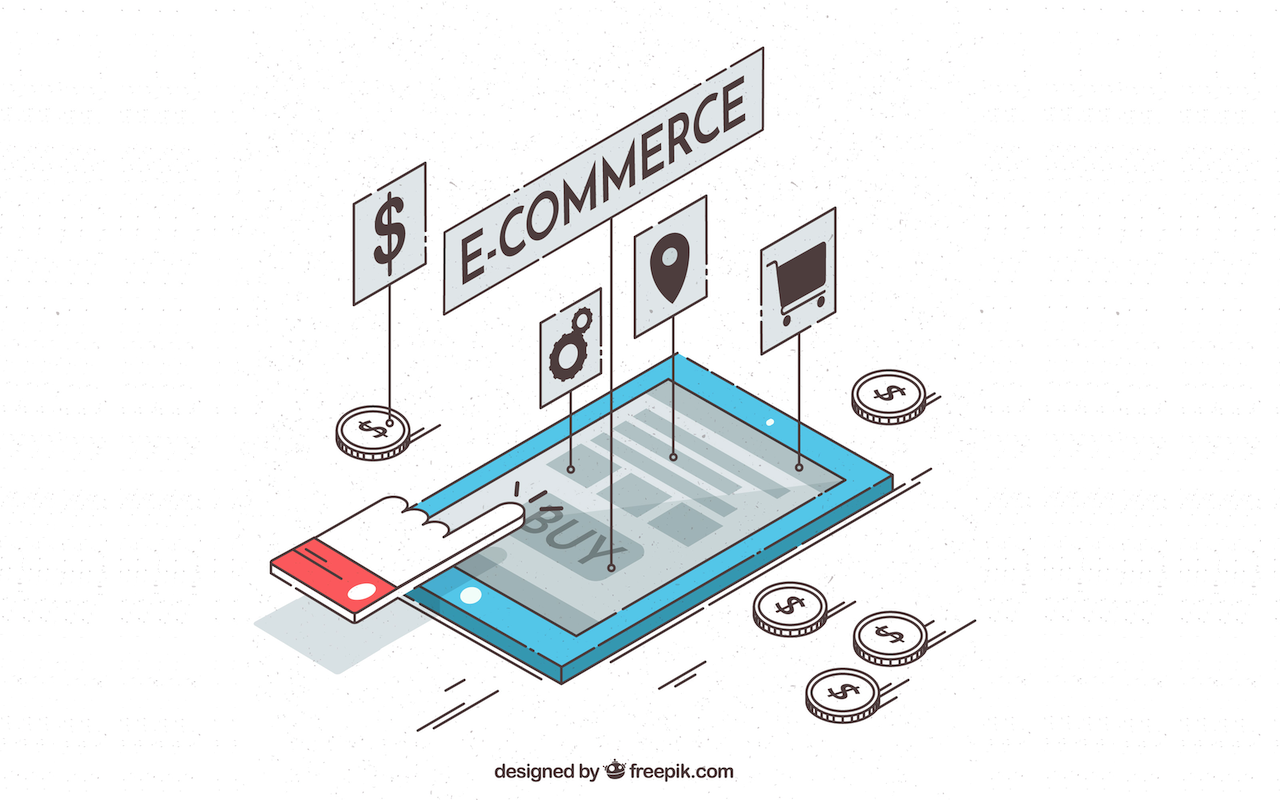
Choosing the Right DDoS Protection Solution for Your E-Commerce Business
Picking the right DDoS provider is the key. Consider the platform's needs, provider options, and costs. This ensures optimal security.
Assessing Your E-Commerce Platform's Security Needs
First, assess the risks. How much traffic does your website get? What's the volume of transactions? How sensitive is the data you handle? These factors help determine the level of protection needed.
Identify your vulnerabilities. Where are the weak points in your system? Which parts of your website are most likely to be targeted? Knowing this helps you choose the right protection.
Evaluating Different DDoS Protection Providers
Next, evaluate different providers. Look at their service level agreements (SLAs). What's their mitigation capacity? Do they offer detailed reporting? Is their customer support responsive?
Choose a provider with a proven track record. Read reviews and ask for references. Make sure they have experience protecting e-commerce businesses.
Cost Considerations and Return on Investment (ROI)
DDoS protection has different pricing models. Some providers charge a flat monthly fee. Others charge based on usage. Some may offer a hybrid approach.
Consider the return on investment (ROI). How much money could a DDoS attack cost you? Lost sales, recovery costs, and damage to your reputation. DDoS protection is an investment, not an expense. It prevents losses and keeps your business running.
The top-tier DDoS mitigation providers offer cutting-edge security solutions to protect against evolving cyber threats, ensuring businesses maintain service availability and performance even under the most severe attacks. Here are the list of 5 DDoS mitigation providers.
- Cloudflare
- Akamai (Prolexic)
- AWS Shield
- Google Cloud Armor
- Imperva
Real-World Examples of E-Commerce DDoS Attacks and Lessons Learned
Analyzing actual attacks can offer real insights. Let's look at some cases and learn from these events.
Case Study 1: Large Retailer Targeted by Botnet Attack
In August 2024, Akamai successfully mitigated a significant DDoS attack against a major U.S. customer, which peaked at 1.3 terabits per second (Tbps). This incident marked the third-largest volumetric DDoS attack recorded on the Akamai Prolexic platform and the most significant observed in the past four years. Despite the attack’s intensity, which lasted approximately 12 minutes, there was no impact on the customer or its legitimate users.
In October 2024, Cloudflare successfully mitigated a record-breaking DDoS attack that peaked at 5.6 terabits per second (Tbps). The assault lasted 80 seconds but had no impact on the target and generated no alerts because its detection and mitigation were completely autonomous.
Case Study 2: Small Online Store Shut Down by Application-Layer DDoS
A smaller online store was targeted by an application-layer DDoS attack. The attack focused on the checkout page. It made it impossible for customers to complete purchases.
The store didn't have a WAF. They were vulnerable to this type of attack. The store lost sales and customers. They learned the hard way about the importance of application-layer protection.
Common Mistakes and How to Avoid Them
A common mistake is not having a DDoS protection plan. Businesses wait until they're attacked. It's better to be prepared. Another mistake is not testing the plan. Practice responding to a mock attack.
Some businesses rely on their hosting provider for protection. This may not be enough. Consider a dedicated DDoS protection service. Also, keep your software up to date. This helps patch security holes.
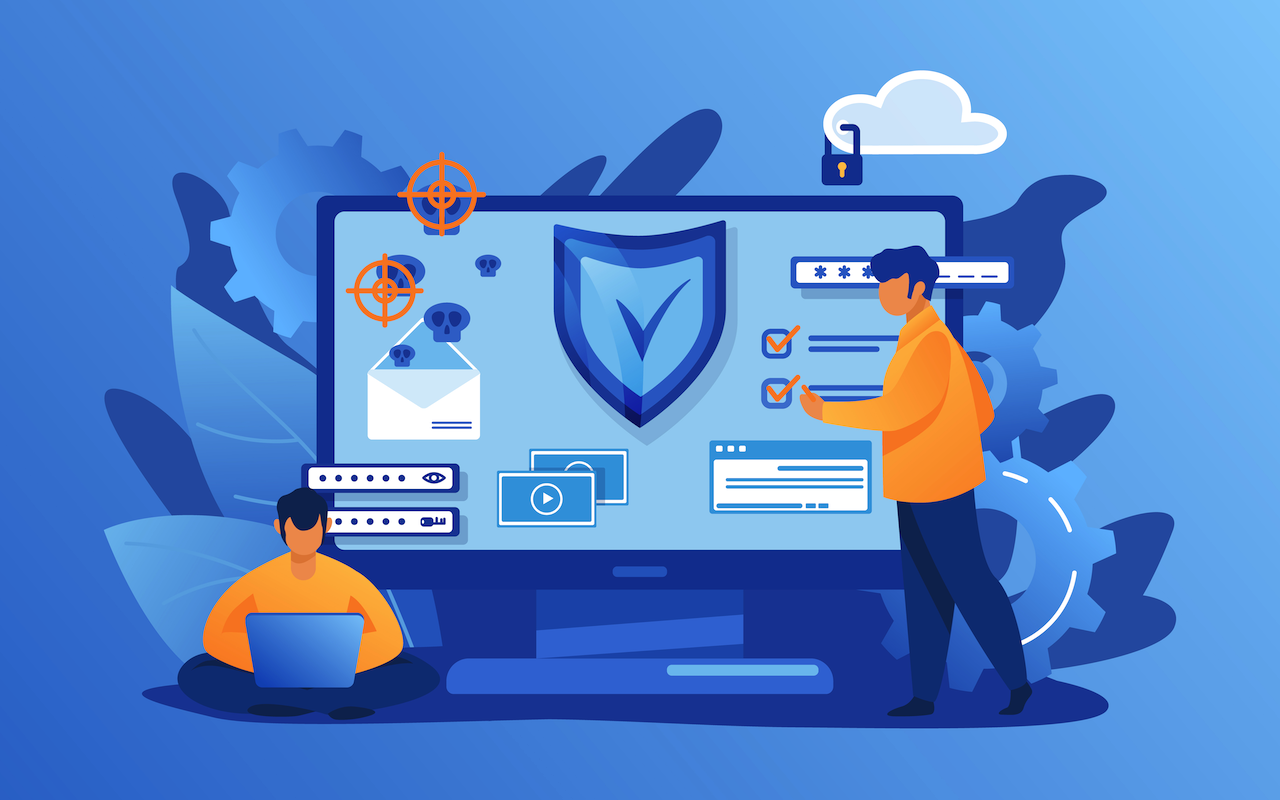
Building a DDoS Incident Response Plan for E-Commerce
Preparation is crucial. A DDoS incident response plan is like a fire drill. It outlines the steps to take during and after an attack.
Developing a Step-by-Step Incident Response Plan
First, define roles and responsibilities. Who's in charge of detecting the attack? Who will communicate with customers? Document these roles.
Next, outline the steps for detection. How will you know if you're under attack? What tools will you use to monitor traffic? Then, describe the mitigation steps. How will you block the attack? Which DDoS protection tools will you use? Finally, include recovery steps. How will you restore normal operations? How will you prevent future attacks?
Communication Strategies During and After an Attack
During an attack, keeping customers informed is crucial. Provide real-time updates via your website, social media, and email notifications, explaining that your team is actively working to resolve the issue. Avoid vague statements—be transparent about the nature of the disruption, expected resolution time, and any alternative ways for customers to access services. For instance, if your website is down but your mobile app is operational, direct users there. Ensure your customer support team is prepared with clear messaging to handle inquiries professionally and reassure customers.
When services are restored after attak, issue a formal follow-up statement acknowledging the disruption and apologizing for any inconvenience caused. Be honest about what happened and outline the steps taken to prevent future attacks, such as implementing stronger security measures or upgrading infrastructure. Depending on the severity of the impact, consider offering compensation, such as discounts, free shipping, or account credits, to rebuild trust. Lastly, conduct an internal review and communicate findings with stakeholders, ensuring that lessons learned are used to strengthen your cybersecurity resilience.

Conclusion
DDoS attacks are a real and growing threat to e-commerce businesses. Protecting your online store requires understanding these threats, implementing strong defenses, and developing a solid response plan. Don't wait until you're under attack. Take steps today to safeguard your business and protect your customers. It will be worth the effort!
Images by Freepik.
Related Posts
Share this post
Leave a comment
All comments are moderated. Spammy and bot submitted comments are deleted. Please submit the comments that are helpful to others, and we'll approve your comments. A comment that includes outbound link will only be approved if the content is relevant to the topic, and has some value to our readers.

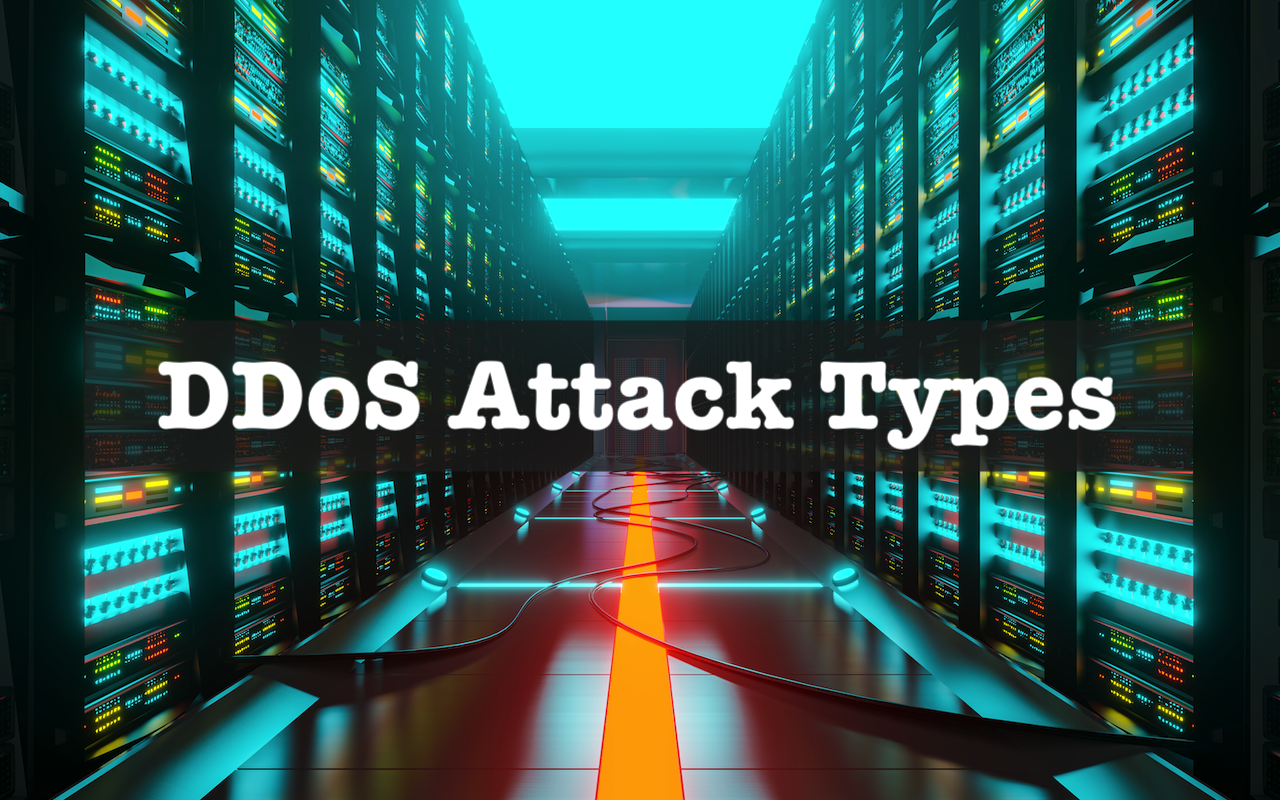

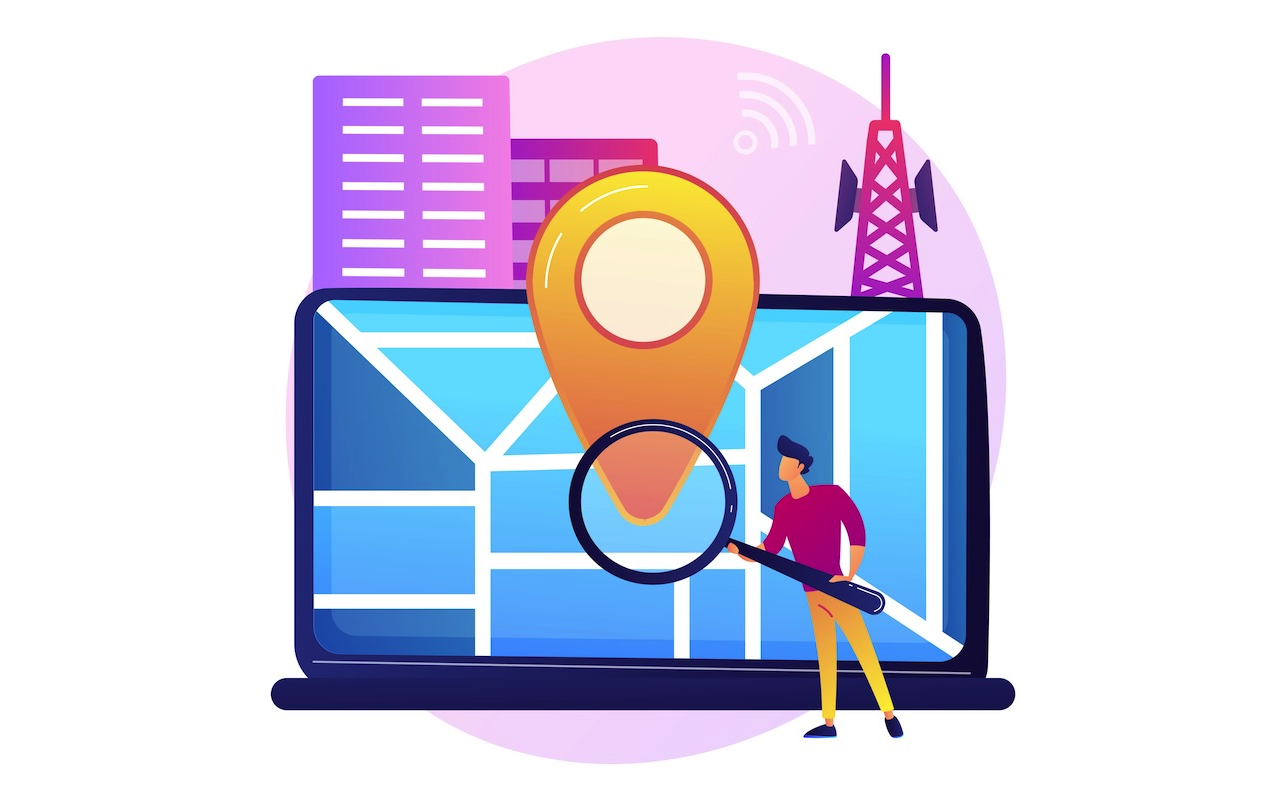
Comments (0)
No comment